Whether it’s for your menu or social media channel, great product shots can help drive sales for an F&B business. But it isn’t always easy to stand out from the crowd when everyone is vying for attention.
We spoke with Grab’s in-house photographer, Ravin T, who’s worked with many of Grab’s food merchants to frame good looking photos of their products.
Even as people trade curated, aesthetically-pleasing feeds for raw, authentic photos on social media, the pursuit of a perfect shot is still valuable in food photography, said Ravin.
“Food photography still needs to be perfect in a way. If the photo doesn’t look good, it affects the perception of the flavour,” he said.
“This is even more important for food delivery where consumers don’t get to smell the food or see people queuing up for it. The first impression comes from the photo,” he added.
Here are his tips to take aesthetically-pleasing, high quality food photos.
(All photos courtesy of Ravin T.)
1. Organisation is key

Ravin highlighted the importance of the organisation of food and ingredients, particularly for Southeast Asian cuisines where it might be challenging to make out individual components of the dish. For example, in this shot (see above) of Lor Mee—a noodle dish served in thick, starchy gravy—Ravin ensured that the ingredients were plated neatly. Meanwhile, for dishes such as chicken rice that come with sauce on the side, he recommended taking photos of the dish before adding the sauce.
“The sauce will be the last thing I add on so that I can control the amount that goes on and take a few variations of how the dish would look like,” he said.
Pro tip: Strike while the iron is hot—capture the shot as soon as the dish is out of the kitchen for the best results.
2. Spruce up your background with other dishes
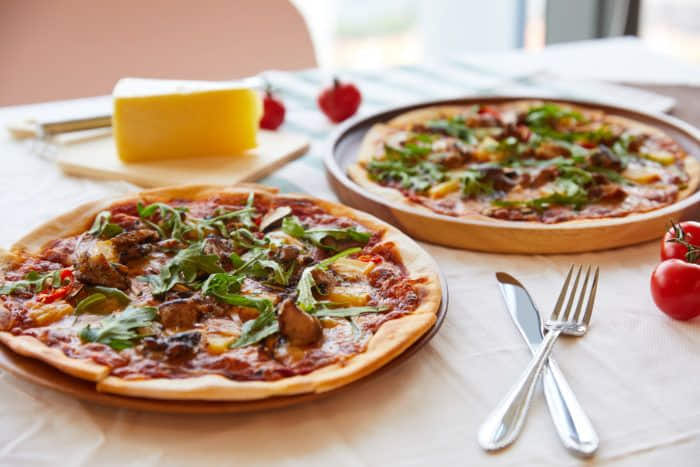
If you’ve already already prepared several dishes for your photoshoot, why not use some of them as props? That said, keep it simple so as not to draw the attention away from the main dish.
3. Try out different angles
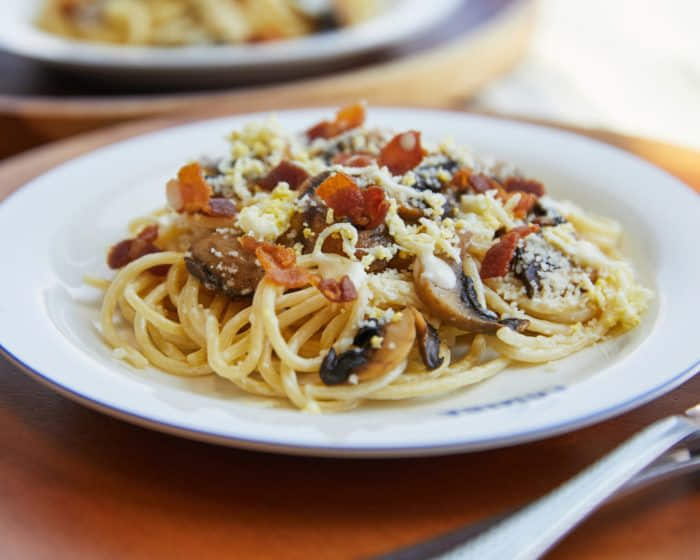
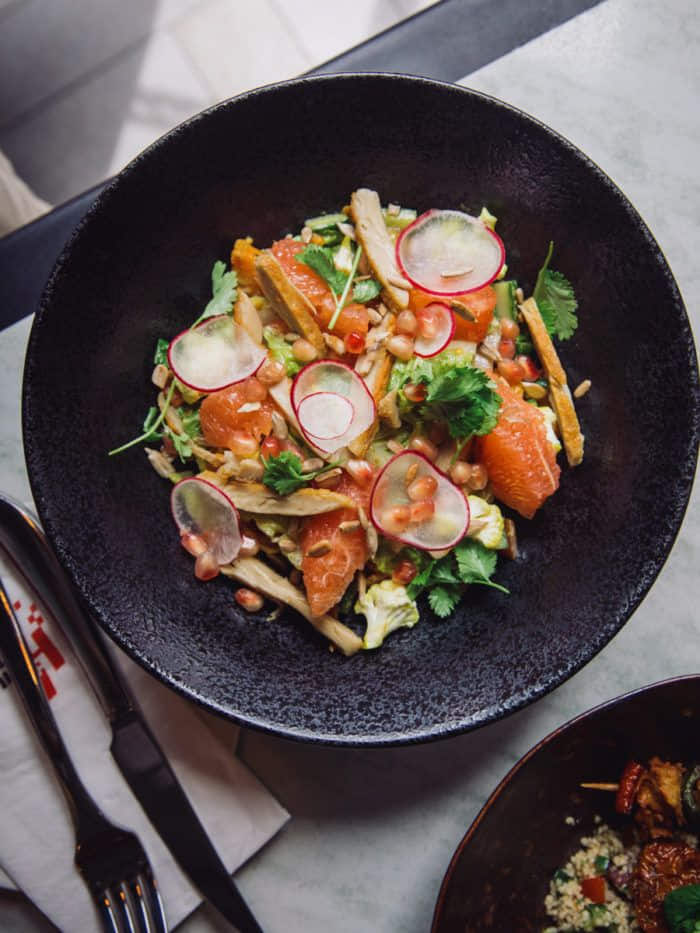
Overhead shots, straight-on and close-ups are among the various angles you can experiment with. When it comes to deciding the best angle, it boils down to making sure you can see details of the dish, said Ravin.
A top-down angle, for instance, wouldn’t work as well for a burger compared with a bowl of salad where you would be able to see all the ingredients, for instance. Close-up shots work well for showcasing depth and texture. Meanwhile, overhead shots are great for featuring detail such as latte art or cake decorations from the top.
4. Bring your food to life
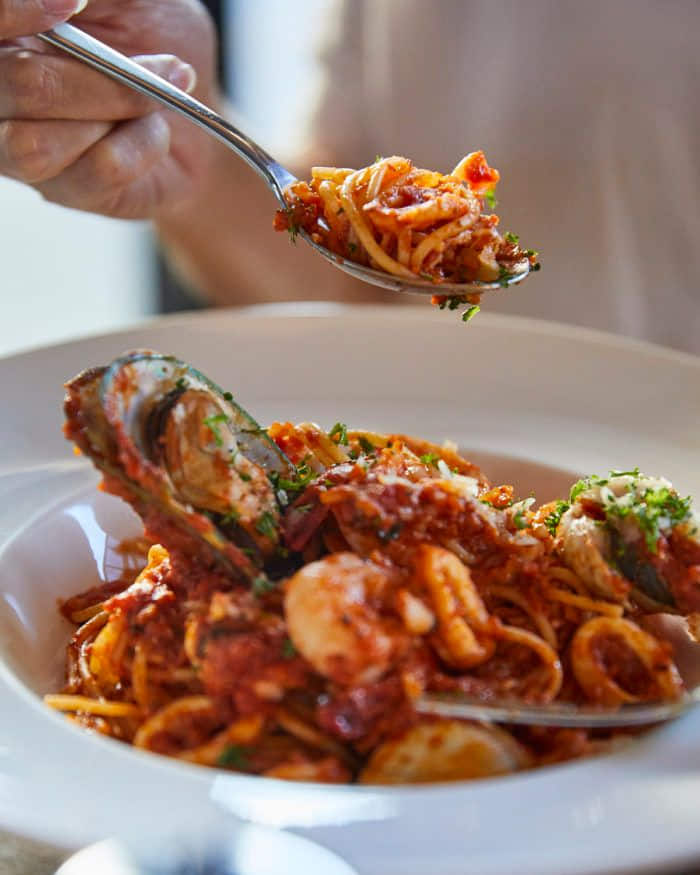

Instead of only taking still photos of food, change things up by adding a touch of human element when you’re taking pictures to tell a story. You can do this through action shots by including your hands in the frame when you’re plating, serving or preparing to dig into a meal.
5. Learn from others
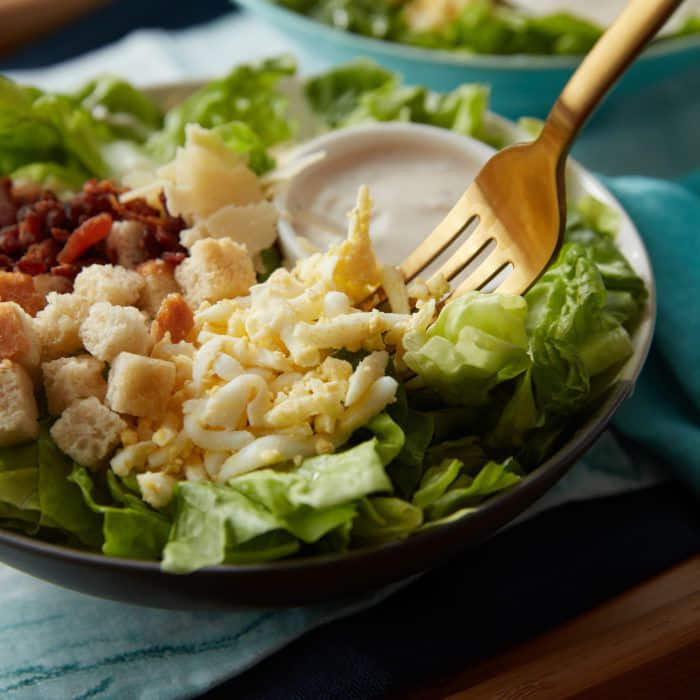
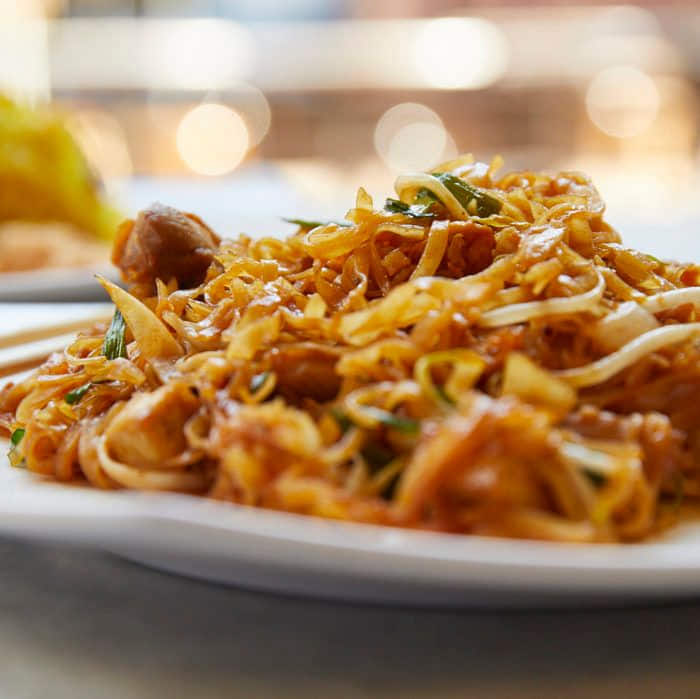
Don’t be a stranger—follow other F&B businesses or food bloggers on social media. Food photography used to be more challenging for those who are inexperienced as there were fewer reference points, especially for Southeast Asian food. But the Internet and social media has made it easier than before to source for ideas, said Ravin.
“Take reference from how other photographers compose, use props and frame their images. Save photos that appeal to you and draw inspiration from them the next time you have a shoot,” he added.
6. Bonus tip: Apps make editing easy
When you’re ready to take your photos to the next level, try your hand at editing them with these beginner-friendly apps:
- VSCO
- Snapseed
These apps offer a wide range of customisable presets and basic editing tools. Experiment with different filters and tools—this is especially particularly useful when you want to create a consistent look and feel for your social media feed or menu.
3 Media Close,
Singapore 138498
Komsan Chiyadis
GrabFood delivery-partner, Thailand
COVID-19 has dealt an unprecedented blow to the tourism industry, affecting the livelihoods of millions of workers. One of them was Komsan, an assistant chef in a luxury hotel based in the Srinakarin area.
As the number of tourists at the hotel plunged, he decided to sign up as a GrabFood delivery-partner to earn an alternative income. Soon after, the hotel ceased operations.
Komsan has viewed this change through an optimistic lens, calling it the perfect opportunity for him to embark on a fresh journey after his previous job. Aside from GrabFood deliveries, he now also picks up GrabExpress jobs. It can get tiring, having to shuttle between different locations, but Komsan finds it exciting. And mostly, he’s glad to get his income back on track.

